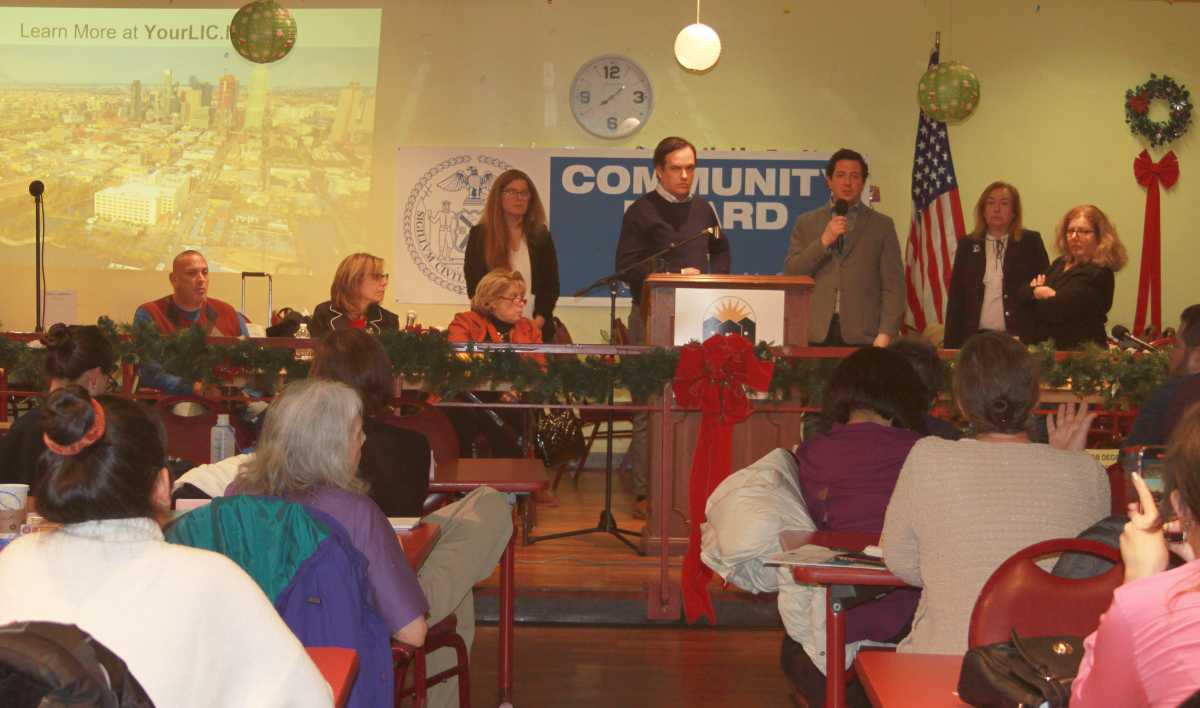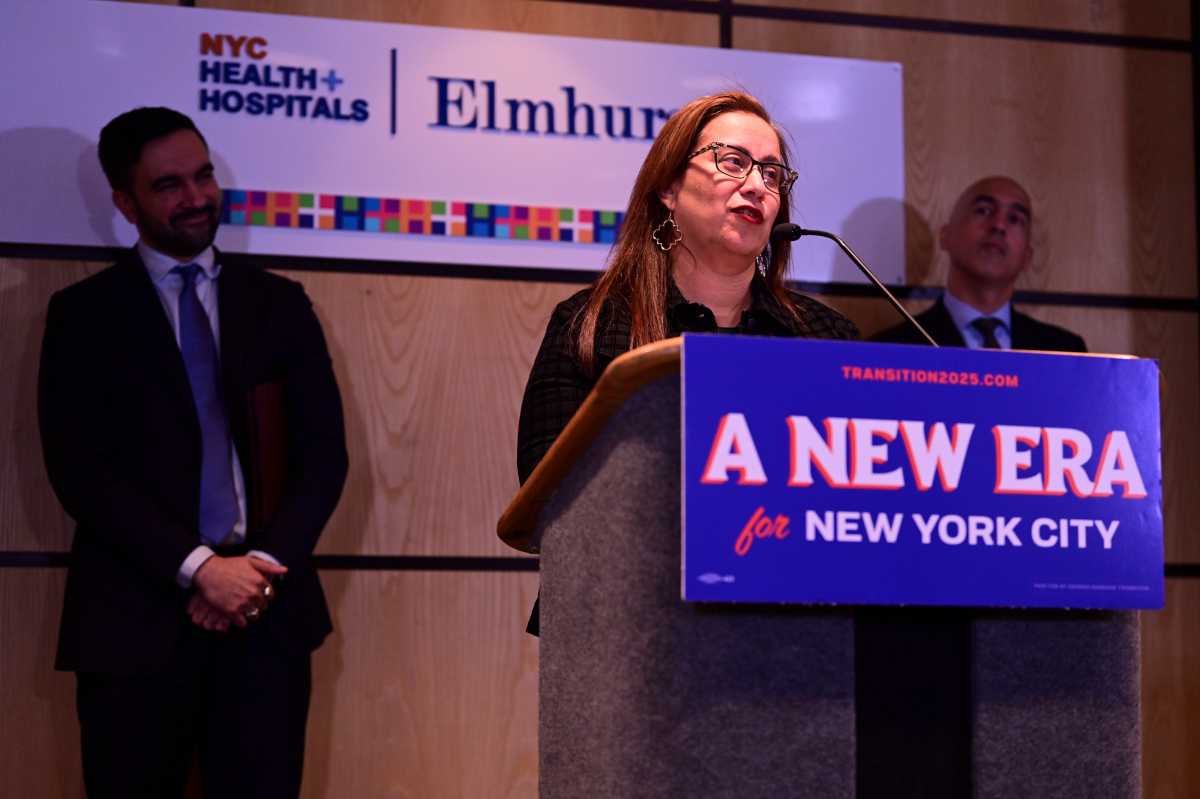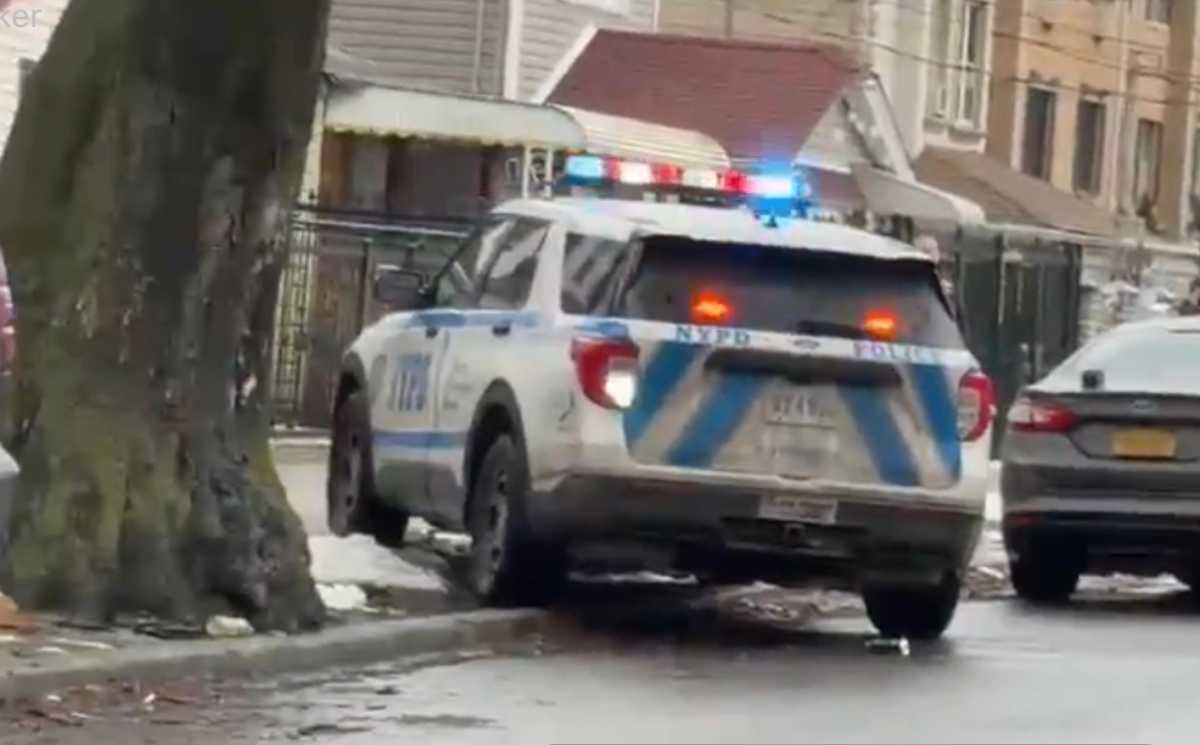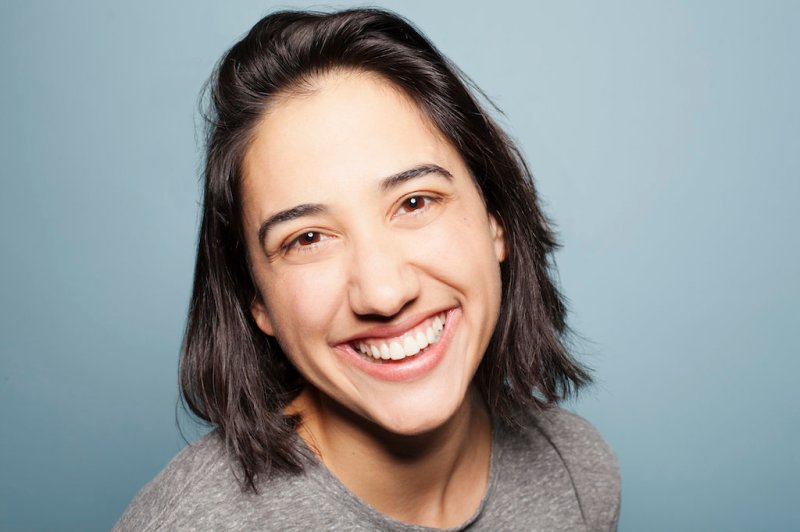Your LIC, the waterfront project bringing together stakeholders and residents to plan the future of the Long Island City properties where Amazon’s HQ2 would have been located, was the topic of animated discussion at Community Board 2’s Jan. 2 meeting.
CB2 invited Your LIC to give board members and residents a presentation of their workshop on resiliency and public open space that they conducted in December. But the meeting became more of a debate about what the project will mean for the community as a whole and whether residents should allow private companies to use public land.
Before Your LIC officials gave their presentation, Congresswoman Carolyn Maloney addressed the “extraordinary opportunity” of developing the waterfront with parks and schools, with a resiliency plan that will protect the neighborhood from the next hurricane.
Maloney added that “public land should be for public purpose,” setting the tone for the rest of the evening. She said that as the fastest-growing community in the whole country and “one of the most underserved in the city in terms of green land,” the community must address its infrastructure and parkland.
“If I were on this community board I would be putting out a resolution that we should take the public land and turn it into a park for public use,” Maloney said.
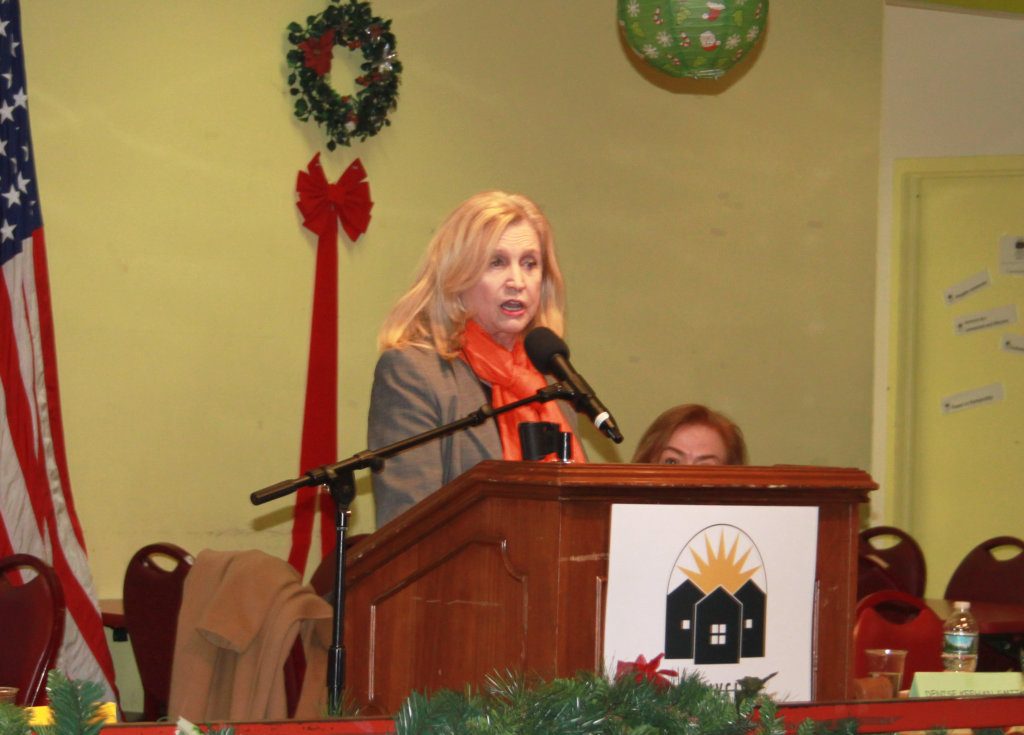
Your LIC, which is made up of developers TF Cornerstone, Simon Baron Development, L&L MAG and Plaxall, is currently conducting a community-driven and collaborative process for the development of the 28-acre land around Anable Basin. They conducted their first workshop back in November, which was on economic empowerment and career development and led by Dr. Gail O. Mellow, former president of LaGuardia Community College.
During the CB2 meeting, the Your LIC presentation — led by Jason Loiselle, principal at Sherwood Design Engineers; Gena Wirth, design principal at SCAPE Landscape Architecture; and John Barrett, projects director at SHoP Architects — showcased a working draft on their plan to implement seven to eight (out of the 28) acres of open space that would be accessible to the public.
They also detailed their climate change-driven research on the LIC waterfront and how they’ll address it by designing the developments to, among other things, withstand coastal flooding and preserve the ecosystem.
Based on their research, they have several ideas for the seven to eight acres of open space that include large lawns with a public center, a soccer or sports field, and an eco-basin for coastal ecology.
Community board and residents response
Although impressed with the presentation, several community board members were concerned that Your LIC didn’t reveal images nor give an estimate of the amount of buildings as well as tenants they expect to introduce to the waterfront.
“Resilience isn’t just about the land, it’s also about the people that live there,” CB2 member Christine Hunter said.
“One of your goals is to help developers maximize their projects and design it in a way that protects the neighborhood, but I’m wondering … if there were no buildings on that land, how much better would it be?” CB2 member Kenny Greenberg asked.
In regards to the seven to eight acres Your LIC plans to designate for open space, CB2 member Karesia Batan asked if they’d consider expanding it — to which Loiselle of Sherwood Design Engineers responded by saying that the open space they’re proposing is “above and beyond” the requirements and it ultimately comes down to what’s “economically viable for redevelopment.”
During the public comment portion, Diane Hendry, a 30-year resident and member of LIC coalition, said that the coalition is asking “TF Cornerstone to walk away from this parcel and support a Community Land Trust at the DOE and DOT sites, with the rest of the 44th Drive becoming resiliency and open space sponge park.”
Tom Paino, a former sustainability director of New York Department of Design and Construction who specialized in coastal resilience, said he saw “a few disconnects” in the presentation, such as that there’s “no advocacy from the community; this is all coming from the developers.” He mentioned that not factoring the amount of residential units is an issue, because “every time there’s a tower that’s built in Hunters Point, the open space ratio worsens.”
Memo Salazar, who was recognized at the 10th Annual Hispanic and Latinx Leadership Awards by Councilman Jimmy Van Bramer in October, introduced a counter-plan for Your LIC entitled Our LIC. Salazar, who is also a member of the Western Queens Community Land Trust, said that the resident-led coalition seeks to develop the waterfront as public land that would include a school, a rooftop farm and a community commercial kitchen.
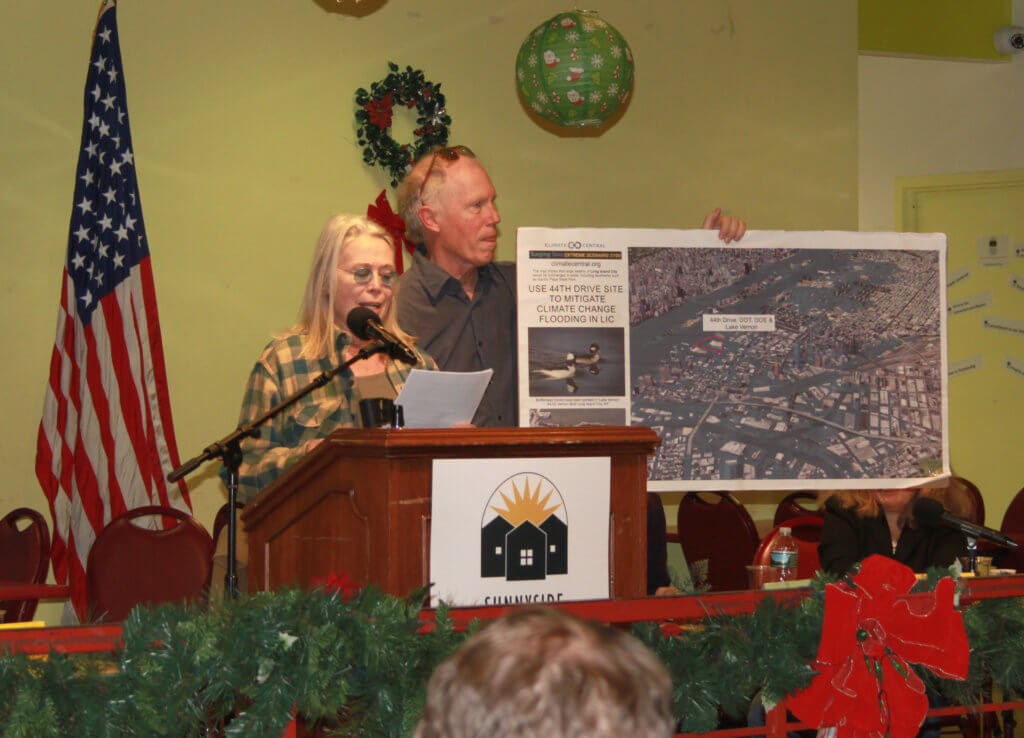
“The renditions look great, I love the environmental aspect, but we already know what the stuff behind it means,” Salazar said. “There’s obviously a ULURP process, and in that process we ask, as many people have already said today, to please keep public land public.”
Our LIC will have a public meeting on Jan. 21 at 6:30 p.m. at the Jacob Riis Center on 1025 41st Ave. to further discuss their vision. For more information, visit OurLIC.nyc.
Your LIC response and upcoming workshop
Throughout the meeting, the Your LIC speakers emphasized that community engagement is an integral part of their plans for the waterfront.
Loiselle of Sherwood Design Engineers also emphasized how impressive it is for four developers to create a resiliency plan before going through the ULURP process — which CB2’s First Vice Chair Lisa Deller said won’t be happening anytime soon.
“The fact that we’re here with four different development groups talking about a resilient strategy, a resilient master plan with four developments coming together, that is the most exemplary example of how things have changed since Hurricane Sandy and it has to do with the city,” Loiselle said. “It has to do with the community pushing the city to enforce and make this kind of thing happen.”
In a statement to QNS, Your LIC said this is an “unprecedented” opportunity for four stakeholders to work with the community to “collectively develop one inclusive, sustainable and equitable plan for the waterfront.”
“During summer 2019, the New York City Council and key city agencies gathered stakeholders with property along the waterfront in Long Island City to propose a unified planning approach to better respond to the needs of the community,” Your LIC stated. “We believe so much can be accomplished by working together … This is an important conversation and we encourage everyone to participate and share their ideas on our website YourLIC.nyc and in person at our next two public workshops.”
Your LIC’s next public workshop, which will be dedicated to community resources like schools, recreation, and culture, will be held on Jan. 27 at 6 p.m. at the Plaxall Gallery, located at 5-25 46th Ave.
Residents can also directly send their ideas, comments and suggestions to Your LIC by registering for an account on their website, Community.YourLIC.nyc.
Your LIC also agreed with the comments made by Maloney and other residents about public land being used for the public.
“We agree that the public land should be used for public good and support community priorities, such as open space and job-creating uses,” they stated. “Our public engagement process is informing us of the key community benefits that all will be able to enjoy.”

